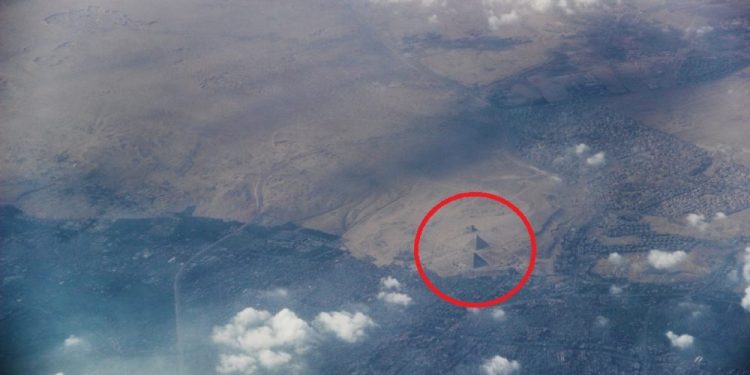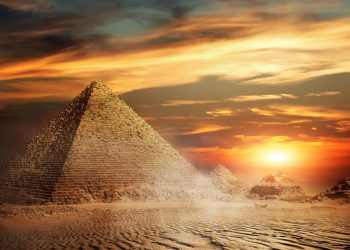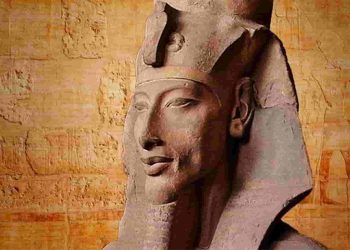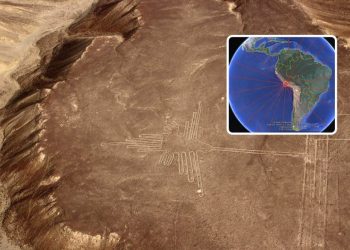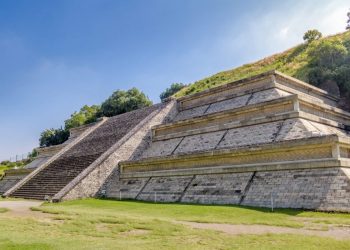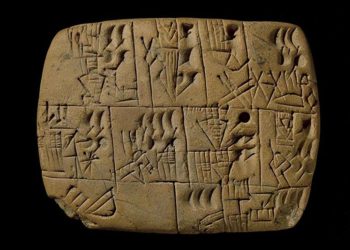Although many people have had the opportunity to visit some of the most incredible pyramids on Earth, not many people have seen what the pyramids look like when viewed from above or at higher altitudes.
The most impressive pyramids on Earth are those at Giza. Although they may not be the oldest or largest on Earth, the Giza pyramids are certainly the most magnificent, not only because of their history but because of the many enigmas that remain unanswered surrounding them.
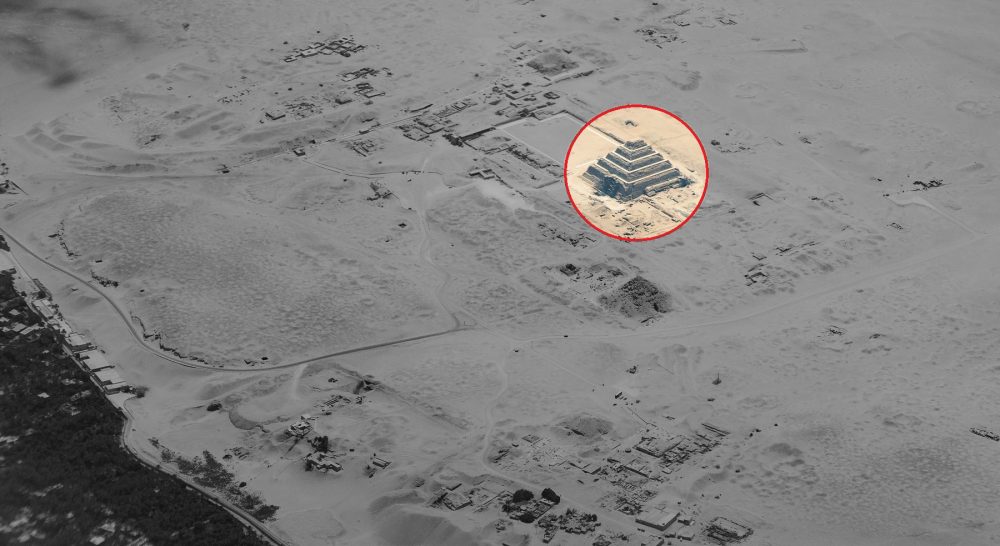
To this date, the most important details about the Great Pyramid remain a historical enigma. Although we’ve been able to study Giza’s pyramids and their respective temples, numerous questions remain unanswered. This is because, strangely, no ancient texts have been found dating back to when the Pyramid was built, which offers insight into the techniques used by the ancient Egyptians to quarry, transport, and leverage the stones, moving them to incredible heights.
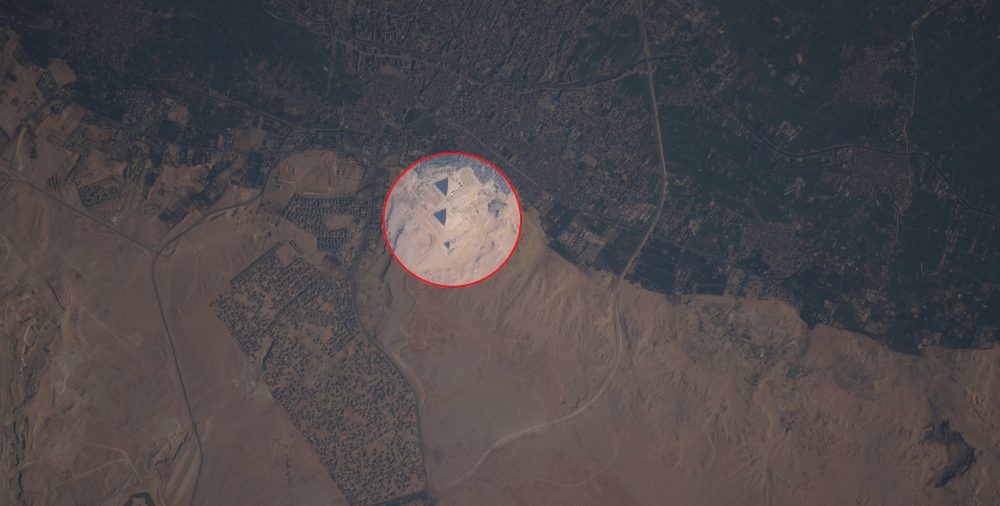
Despite this lack of documents, we know that Giza’s Great Pyramid is a genuine ancient wonder. It remained the tallest Pyramid on the surface of the planet for more than 3,800 years. It is also the only known (confirmed) ancient Egyptian Pyramid built with eight instead of four sides. The eight sides of the Great Pyramid of Giza are best visible from the air, at dawn or sunset, on the spring and autumn equinoxes.
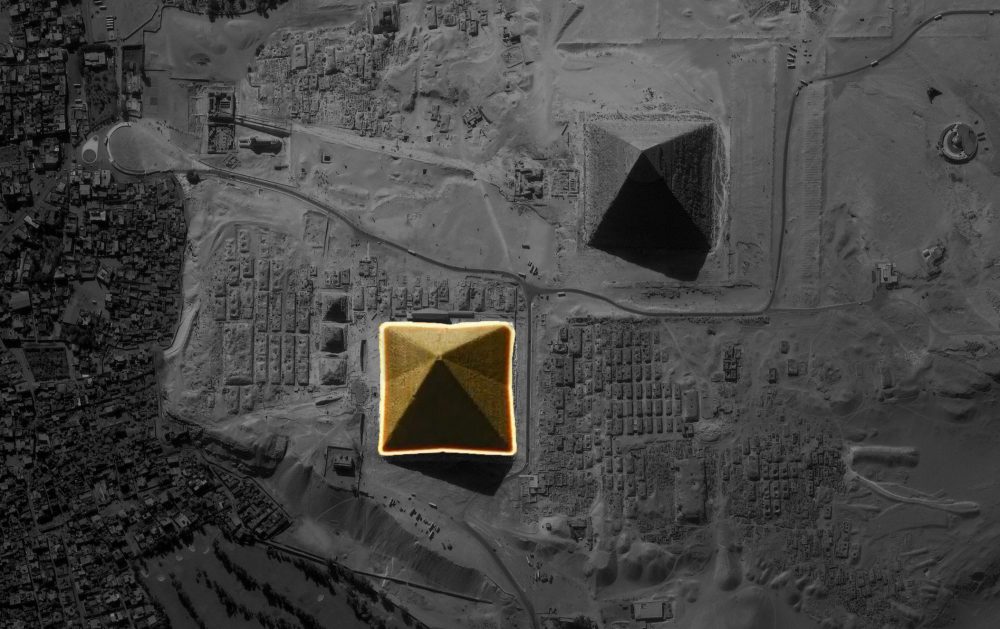
This curious feature was documented in I.E.S. Edwards’ 1975 book, the Pyramid of Egypt, where the archeologists wrote: “The Pyramid of Egypt” that “In the Great Pyramid the packing-blocks were laid in such a way that they sloped lightly inwards towards the center of each course, with the result that a noticeable depression runs down the middle of each face — a peculiarity shared, as far as is known, by no other pyramid.”
Aerial images of the eight-sided Pyramid
This unique feature was even photographed. In 1940, British Air Force pilot P. Groves flew above the Giza plateau, looked down at the Great Pyramid, and noticed its sides’ strange concavities. This image is believed to be one of the earliest examples of the Great Pyramid’s eight sides. The workmanship of the Great Pyramid is otherworldly, and its precision is unmatched. Measurements and surveys of the Giza plateau have offered a plethora of information relating to the incredible accuracy and precision of the Pyramid of Khufu.
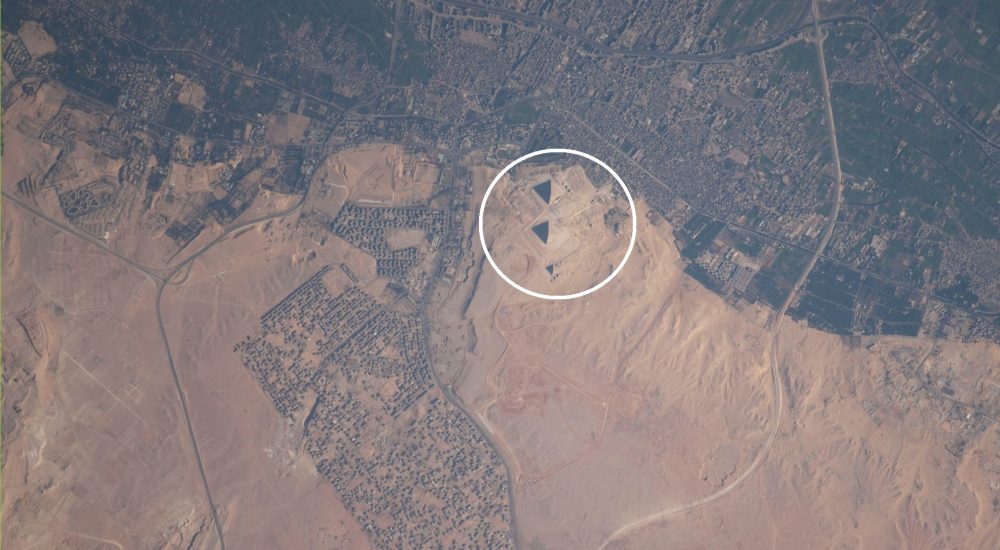
One example is the ratio of the perimeter-to-height of 1760/280 Egyptian Royal cubits equates to 2π to an accuracy of better than 0.05 percent. Although many Egyptologists like Miroslav Verner—an expert in his field—attribute this precision to pure luck, saying that “we can conclude that although the ancient Egyptians could not precisely define the value of π, in practice, they used it,” I would firmly disagree.
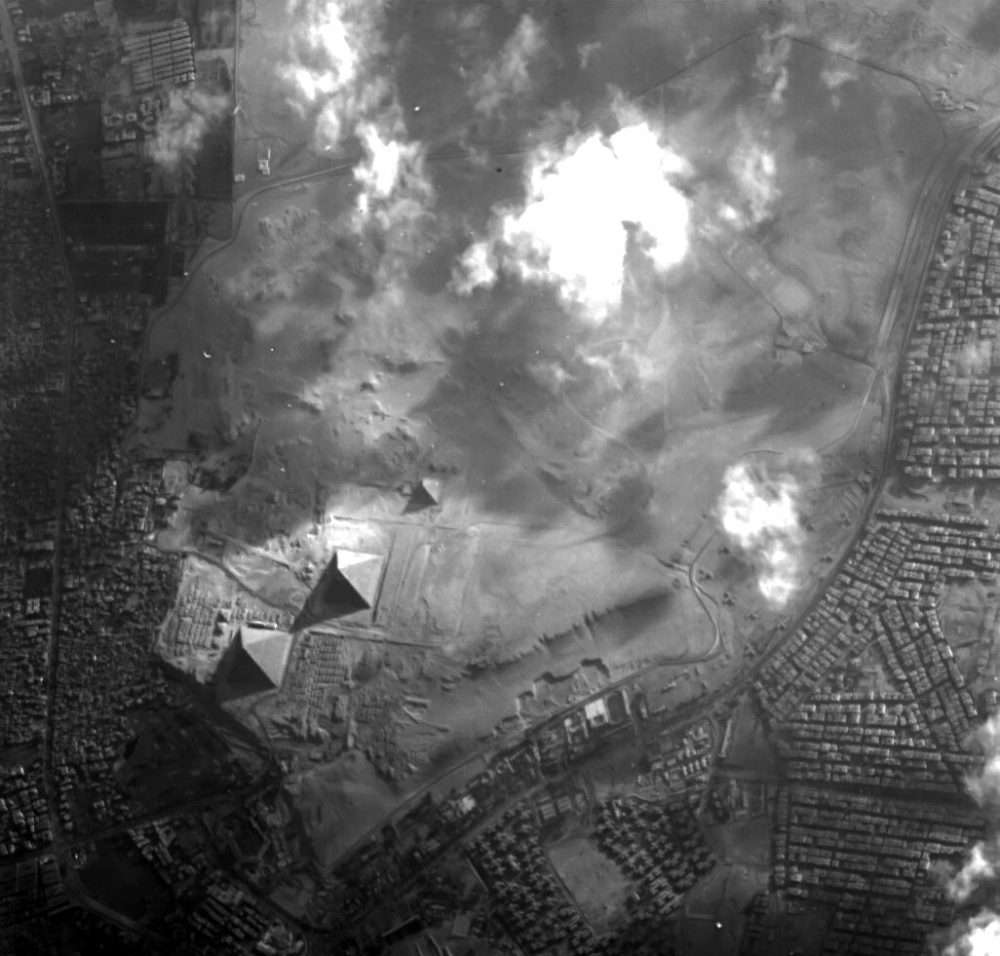
I find it very hard to believe that an ancient civilization that managed to construct the Great Pyramid of Giza and used 2.3 million blocks of stone in the process, creating a monument with an approximate weight of 6.5 million tons, left nothing to luck or randomness. The ancient Egyptians were amazing scientists and excelled in various fields, including astronomy, engineering, and physics. This allowed them to build a monument of their size and had no issues incorporating numerous mathematical formulas within the structure’s core.
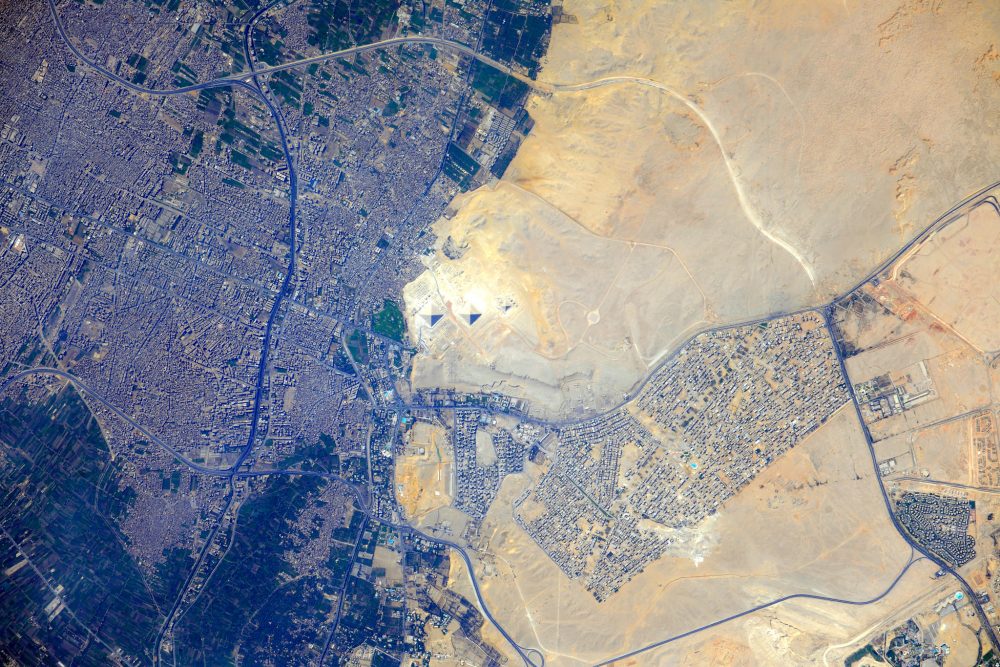
Unparalleled ancient precision in pyramids
Many people know that the Great Pyramid of Giza is Egypt’s largest Pyramid, but not many know its exact details. To construct the Great Pyramid, the builders used 8,000 tons of granite imported from Aswan. They used 5.5 million tons of limestone, much of which was obtained from nearby quarries. They also used 500,000 tons of mortar. The largest and heaviest stones were quarried near Aswan, some 800 kilometers away from the Pyramid’s’ original construction site.
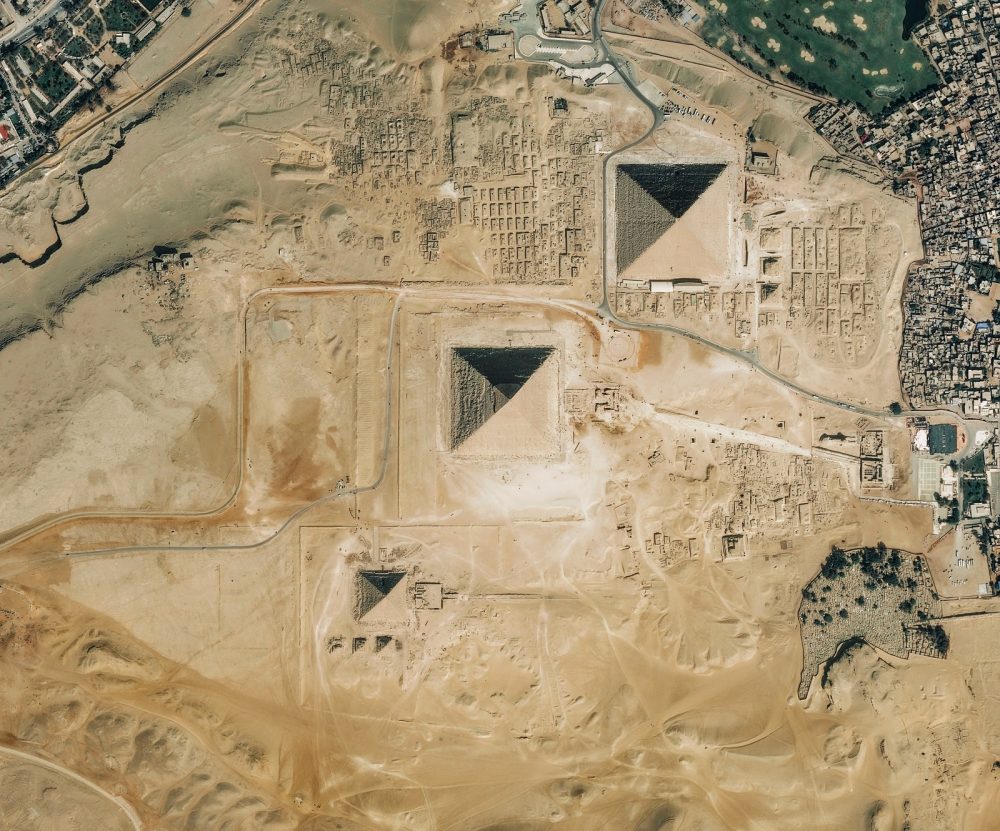
How exactly the ancient Egyptians transported some of the heaviest stones used in the Pyramid’s construction process remains an enigma. However, they may have used wooden rollers and even cargo boats which allowed them to move the stones via the Nile River. The Great Pyramid is Egypt’s most impressive Pyramid. But the structure would not stand today the way it does, had it not been for earlier kings who kick-started pyramid building in Egypt.
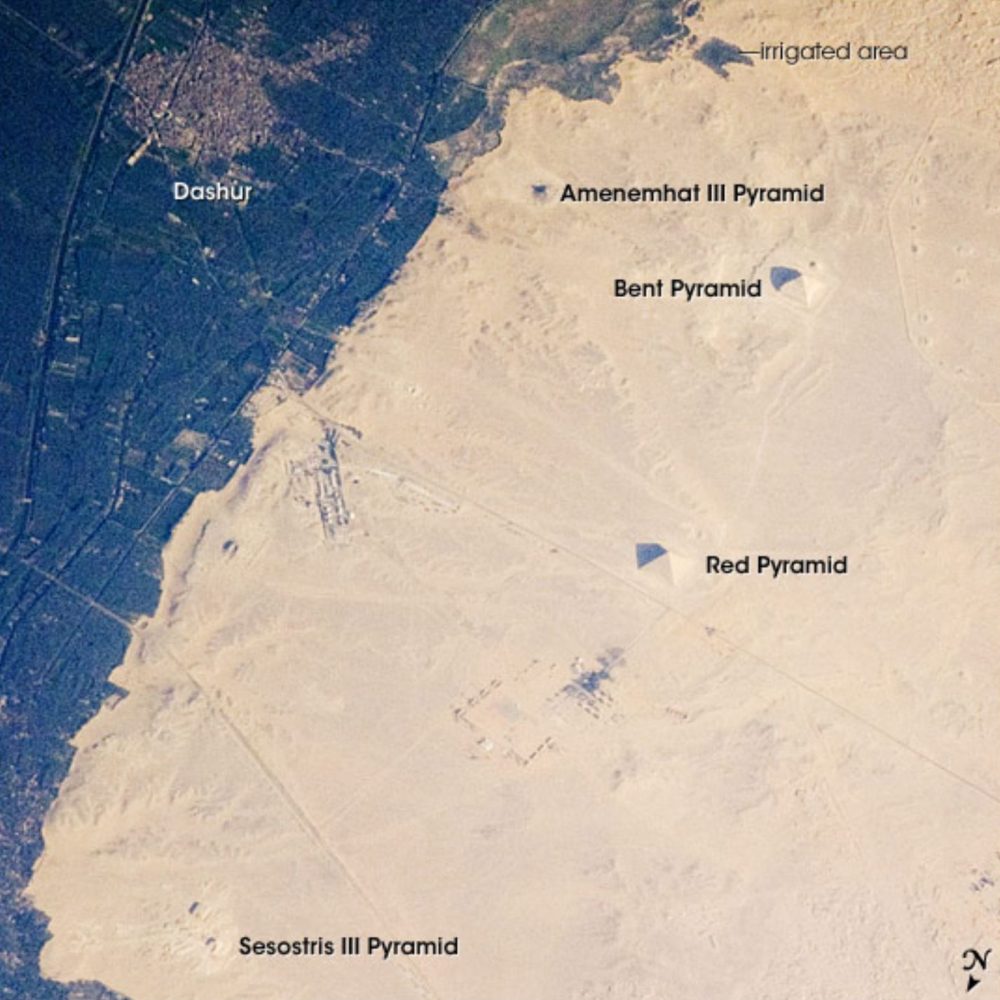
According to Egyptologists, we can trace the history of ancient Egypt’s pyramid building to the Third Dynasty reign of King Djoser around 4,700 years ago. Djoser is believed to have commissioned the first pyramid complex in the history of Egypt. His complex covers 15 ha (37 acres) and is about 2.5 times as large as the Old Kingdom town of Hierakonpolis. The Step Pyramid of Djoser is regarded as the earliest colossal stone building in Egypt and the earliest large-scale cut-stone construction.
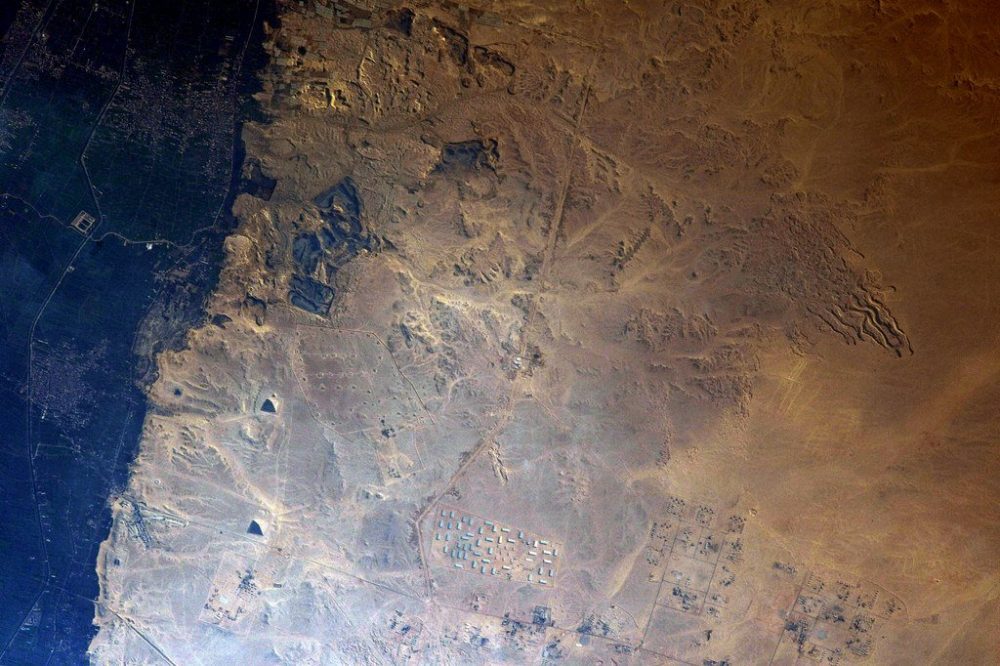
The Pyramid is believed to have been designed by the royal architect Imhotep and completed in no more than 19 years, meaning that Djoser saw the completion of his never-before-seen construction project. Although it might be expected that a long line of similar, majestic pyramid complexes would follow Djoser’s, this was not the case. Pharaohs that succeeded Djoser attempted but failed to build similar monuments. In fact, it wasn’t until the Fourth Dynasty reign of Kind Sneferu that Egypt would be given another pyramid.
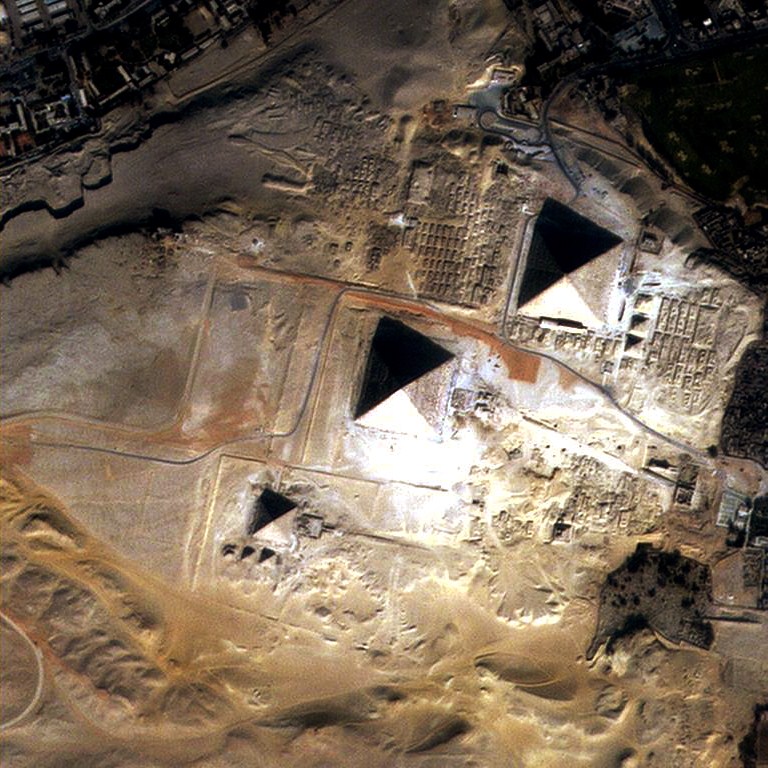
King Sneferu is regarded as Egypt’s greatest pyramid builder. Egyptologists credit him for constructing three massive pyramids and one smaller one. In addition, Sneferu is thought to have commissioned the Pyramid at Meidum, the Bent Pyramid, and the Red Pyramid at Dahshur. If Djoser and his architect invented the Egyptian Pyramid, Sneferu and his royal architects developed it. They laid down the necessary foundations for constructing Egypt’s greatest Pyramid, the Pyramid of Khufu, a monument built by Sneferu’s son. Had Sneferu not perfected Djoser’s pyramid design, the pyramids of Giza would have looked very different today.
Join the discussion and participate in awesome giveaways in our mobile Telegram group. Join Curiosmos on Telegram Today. t.me/Curiosmos



